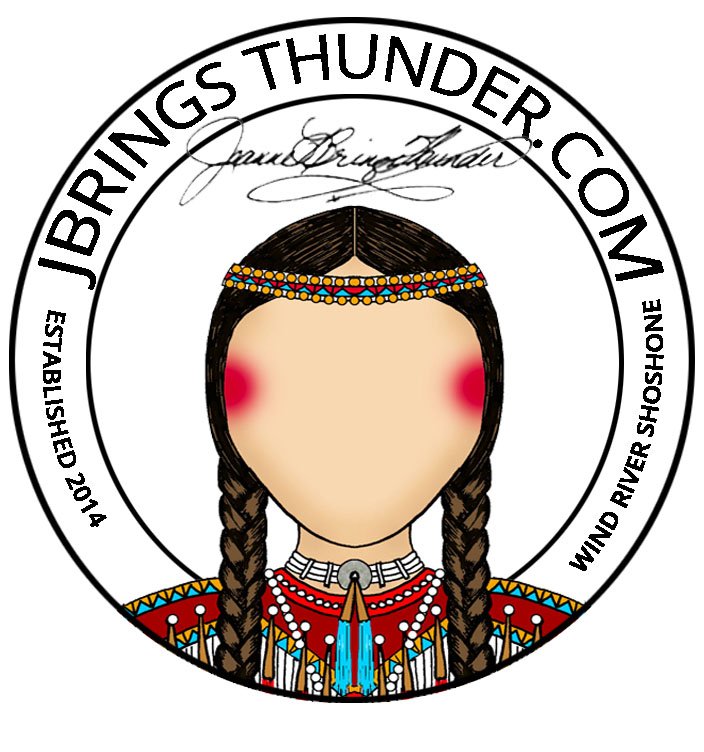Ribbons of Red Ledger Print




Ribbons of Red Ledger Print
***Print Only for Sale***
Ribbons Of Red
Artist Signed Print
11"x17"
Original is mixed media (pen & ink, acrylic, colored pencil)
on antique ledger paper
Art! It brings an element of vibrancy into your home or office. Your choice of art often reflects your own personality, your tastes, your aspirations…buy art you love and surround yourself with it.
Ribbons of Red is the second, piece from my “connected” series, which is about first nations people’s spiritual connection to everything. This piece was created to remind us of how special our connection is with the horse and that it was because of the horse Shoshones were able to expand their territory, have larger dwellings ( horses could carry much bigger loads than dogs), and they also helped to provide food and protection more easily. By the mid 1800’s we were estimated to be about fifteen thousand strong between all the bands of Shoshone speaking peoples. We developed a more exciting way to hunt the bison, of course, and evolved into some of the finest light cavalry in the world. We were and still are a horse nation and proud of it.
This picture particularly draws attention to the war pony. This pony has just returned from safely carrying its warrior to and from battle. It is being honored with ribbons of red by the women and the family of the warrior. Red is the color of honor within my tribe. If you want to truly honor a person you give them something red like for instance red cloth, a red shawl, a red dress and yes even red ribbons.
Consider the song of a Shoshone warrior to his war horse:
My friend, my brother,
Carry me forth when the sun rises,
Let my courage be as great as yours,
Let us move like the wind
To defend the helpless ones.
We shall go forth as one
To meet that which awaits.
Should I see the sun set tomorrow
It shall be your victory,
And I will sing songs of you
And you shall wear ribbons of red.
In Shoshone culture red is the color of honor.
Finally, thank you to the creator for making me a Shoshone, for giving me a life of difficulty rather than a road of ease.
Ledger Art History
This genre, often called Ledger Art, represents a transitional form of Plains Indian artistry corresponding to the forced reduction of Plains tribes to government reservations, roughly between 1860 and 1900. Due to the destruction of the buffalo herds and other game animals of the Great Plains by Anglo-Americans during and after the Civil War, painting on buffalo hide gave way to works on paper, muslin, canvas, and occasionally commercially prepared cow or buffalo hides.
Changes in the content of pictographic art, the rapid adjustment of Plains artists to the relatively small size of a sheet of ledger paper, and the wealth of detail possible with new coloring materials, marks Plains ledger drawings as a new form of Native American art. As such, ledger painting portrays a transitional expression of art and material culture that links traditional (pre-reservation) Plains painting to the Plains and Pueblo Indian painting styles that emerged during the 1920s in Indian schools in Oklahoma and New Mexico.
Beginning in the early 1860s, Plains Indian men adapted their representational style of painting to paper in the form of accountants ledger books. Traditional paints and bone and stick brushes used to paint on hide gave way to new implements such as colored pencils, crayon, and occasionally water color paints. Plains artists acquired paper and new drawing materials in trade, or as booty after a military engagement, or from a raid. Initially, the content of ledger drawings continued the tradition of depicting of military exploits and important acts of personal heroism already established in representational painting on buffalo hides and animal skins. As the US government implemented the forced relocation of the Plains peoples to reservations, for all practical purposes completed by the end of the 1870s, Plains artists added scenes of ceremony and daily life from before the reservation to the repertoire of their artwork, reflecting the social and cultural changes brought by life on the reservation within the larger context of forced assimilation.
Copyright
All content including the presentation thereof on this web site is the property of Joanne Seesequasis and protected by U.S. and international copyright laws. You may not copy, reproduce, distribute, transmit, modify, create derivative works, or in any other way exploit any part of copyrighted material without the prior written permission from Joanne Seesequasis.










